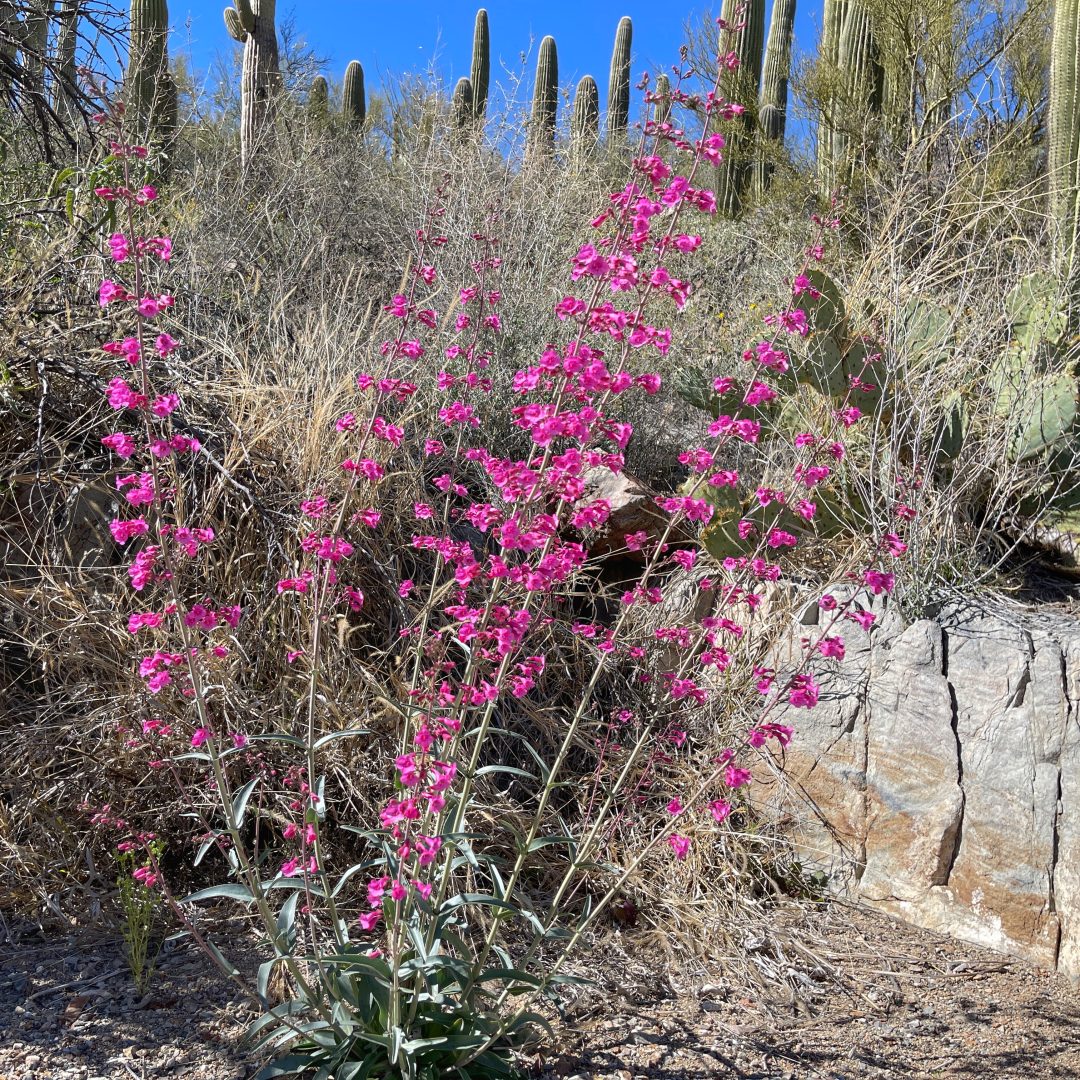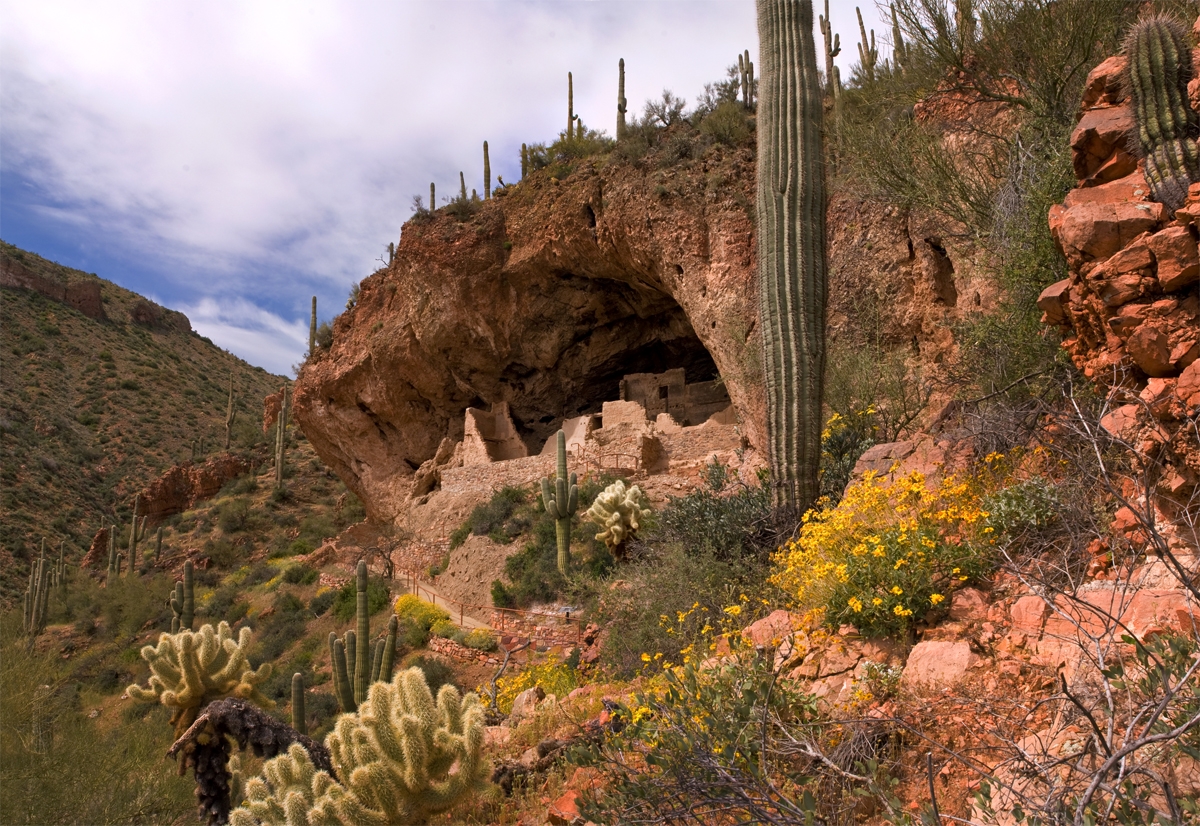
Research Helps Teach the Indigenous History of Lewis and Clark
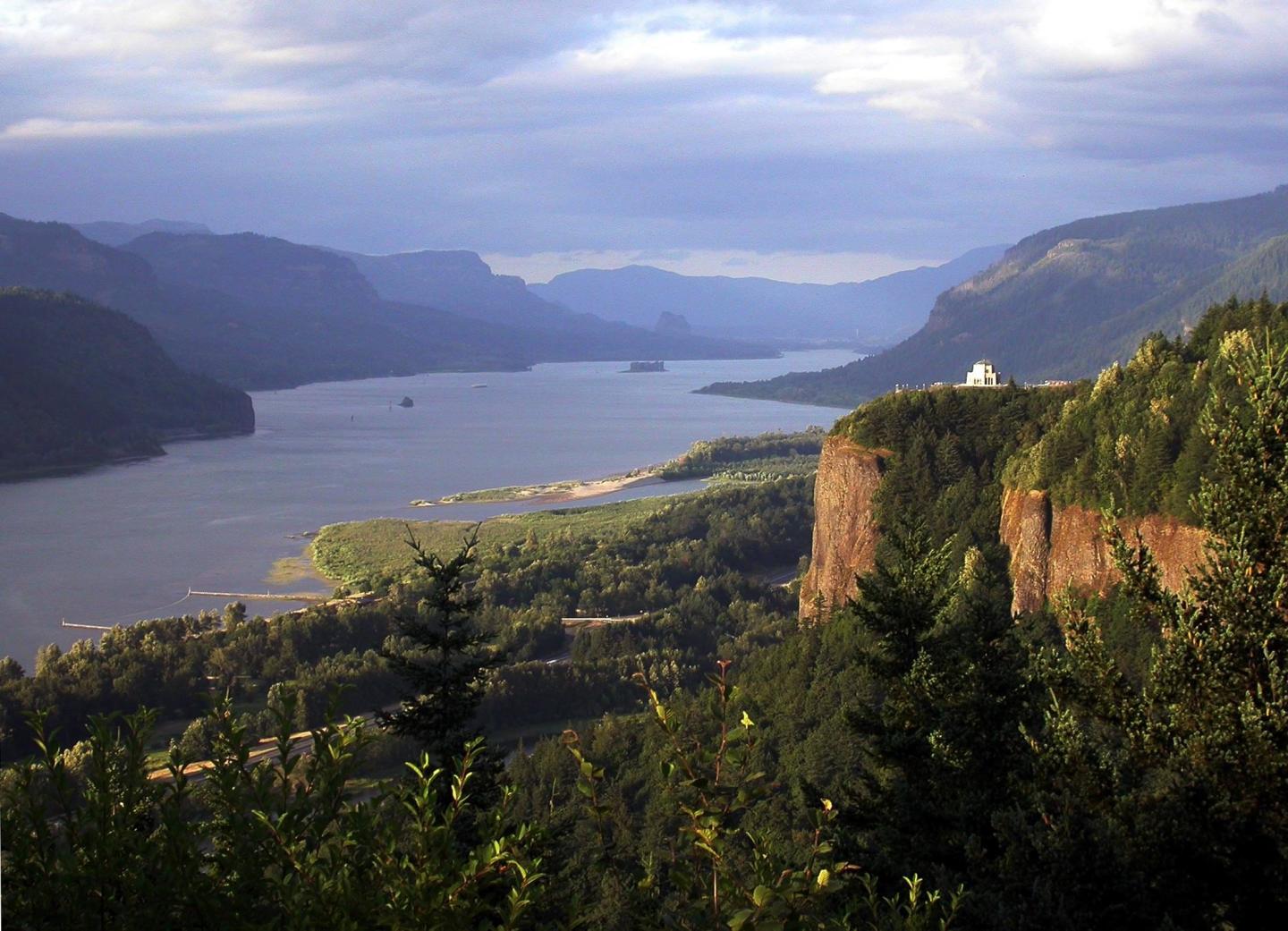
“Thanks to funding from the Western National Parks Association, teachers and park interpreters across the country have new educational materials at their fingertips,” said Stephanie Wood, PhD, principal investigator of the 2019 WNPA-funded study: “Ten Primary Source Documents Relating to the Lewis and Clark National Historic Trail History.”
This project aimed to highlight the importance of honoring and uplifting tribal legacies along the Lewis and Clark Trail. The Lewis and Clark Expedition, from 1804 to 1806, traversed through numerous tribal lands as the explorers charted the newly acquired Louisiana Territory for the United States government. While Lewis and Clark mapped out new territories, they also encountered many Native American tribes that had lived on the lands for centuries.
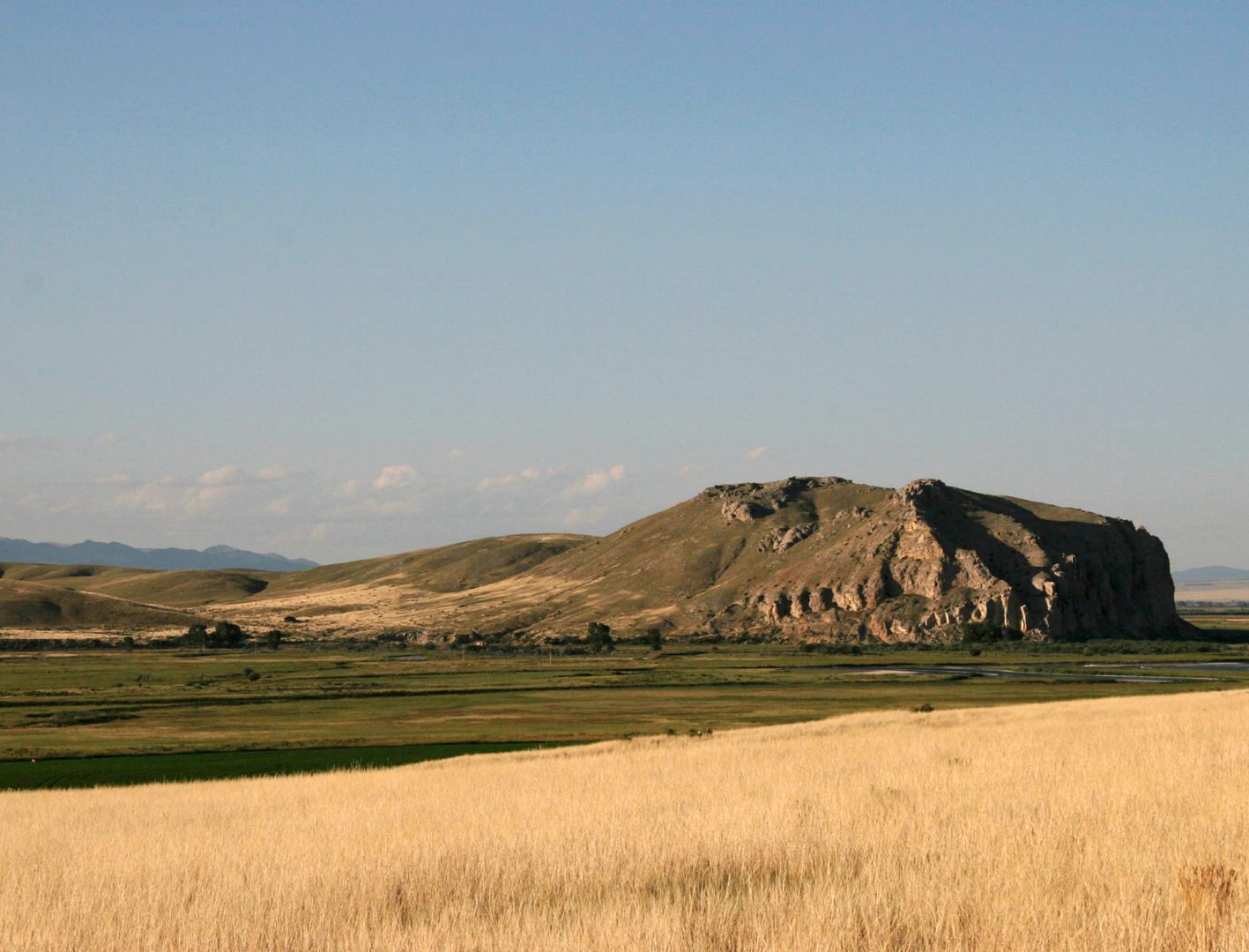
“This WNPA grant funded the selection and development of ten primary source documents…for a digital collection that was published online in open-access to anyone who can access the Internet. These documents have a special relevance for the history of the settlement of the West and its impact on the long established American Indian communities. Thus, they are especially relevant to the Lewis and Clark National Historic Trail, given that the expedition of 1804–1806 paved the way for vast westward migration. Interpreters at many parks will benefit from using these educational materials, given their broader relevance,” Wood explained in the final research report.
“The ten primary sources have been published to the Honoring Tribal Legacies (HTL) website. HTL also hosts nine Teachings in open access, prepared for pre-K through community college classes, primarily by Native American Curriculum designers. The new collection, funded by the WNPA and added to the existing
Teachings, together help address a deep need identified by the Native American Rights Fund (NARF). The NARF tracks advances in Indian Education across the US and points to at least 27 states in the nation that have laws requiring the Native American experience be taught in all schools. HTL seeks to meet their needs, along with the needs of park interpreters.”
As we learn about the trail’s history and enjoy the natural beauty of the landscape, it’s vital that we honor the tribal legacies and rich histories of the first people of this land. Wood’s research examined the various ways to uplift and preserve tribal cultures, histories, and connections to the lands along the trail. This includes preserving oral histories, Indigenous languages, cultural sites and artifacts, and more.

Background of the Lewis and Clark Expedition
The Lewis and Clark expedition from 1804 to 1806 was one of the most significant explorations in North American history. Led by Meriwether Lewis and William Clark, their journey took them across the western portion of the newly acquired Louisiana Purchase territory.
President Thomas Jefferson commissioned the expedition shortly after the Louisiana Purchase in 1803 to explore and map the newly acquired territory, find a practical route across the Western half of the continent, and establish an American presence in this territory before Britain and other European powers tried to claim it.
The expedition officially began near St. Louis, traveled up the Missouri River, crossed the Continental Divide and followed the Columbia River to the Pacific Ocean. Along the way, they documented the geography, plant and animal life, and the Native American tribes they encountered. Though they failed to find a water route to the Pacific Ocean, the expedition succeeded in mapping the territory and paving the way for America’s westward expansion in the 19th century.
The Lewis and Clark expedition provided many non-Indigenous peoples with their first look at the diverse lands and people of the western frontier. Their achievements came at great cost, however, to the Native American tribes who already inhabited these lands.
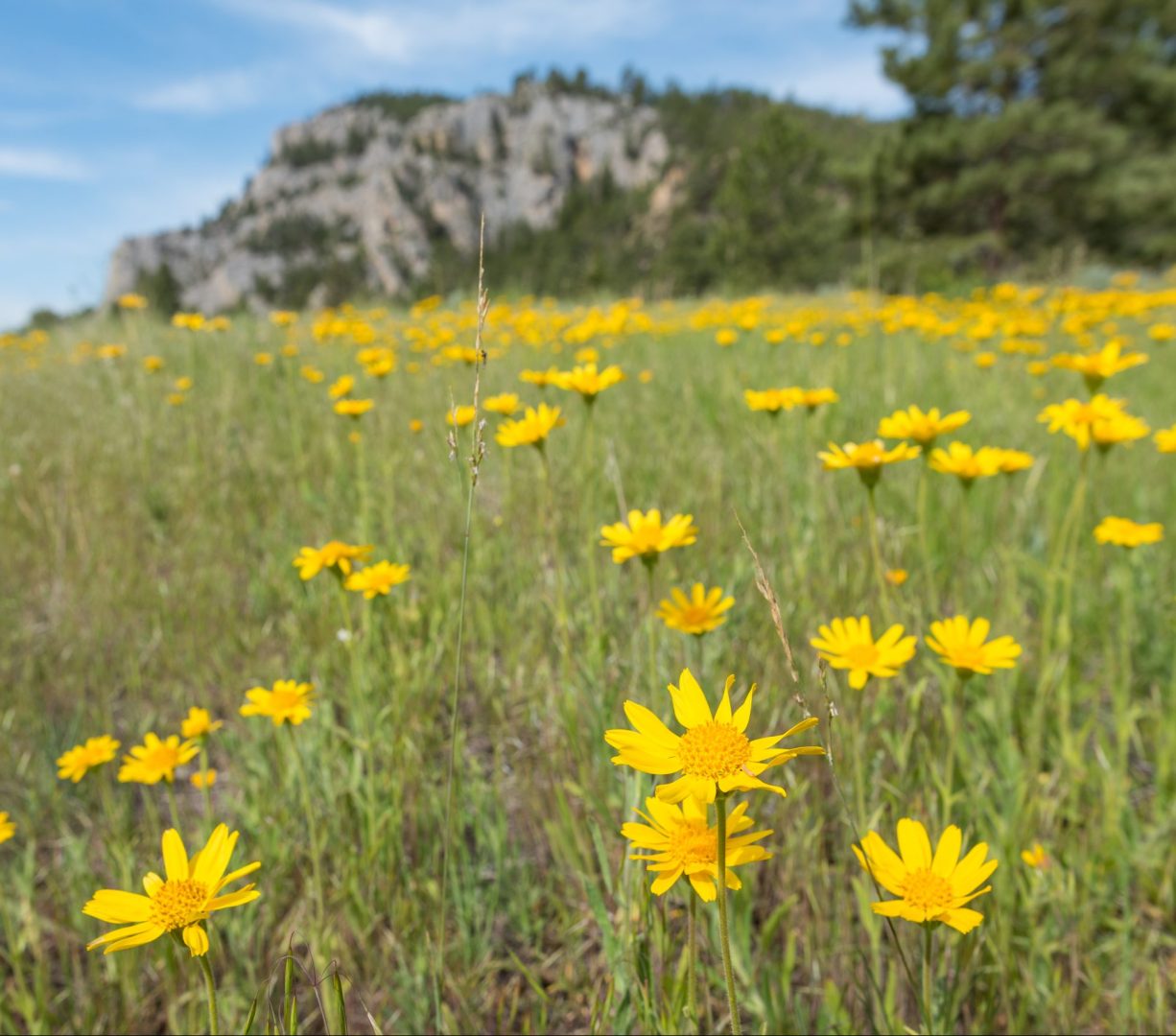
Tribal Legacies and the Lewis and Clark Expedition
The Lewis and Clark expedition had a profound impact on the Native American tribes along the trail. As the first Americans, these tribes had inhabited the lands along the trail for thousands of years, developing rich cultures, traditions, languages, and sacred sites. The arrival of Lewis and Clark marked the beginning of irreversible changes.
Within a few decades of the expedition, the Westward Expansion brought disease, displacement, and violence to native communities. Tribes lost their homelands, had their cultures suppressed, and saw their populations decimated. While Lewis and Clark did not intend such devastating outcomes, their expedition opened the floodgates to settlement and development that forever altered tribal ways of life.
Today, tribes along the Lewis and Clark trail are reclaiming their heritage. Through preserving oral histories, revitalizing native languages, protecting sacred sites, repatriating artifacts, and educating the public, these tribes are ensuring their legacies endure. The expedition may have been the beginning of monumental challenges, but modern tribes are honoring their ancestors by keeping their traditions alive. Their resilience and determination serve as inspirations to us all.
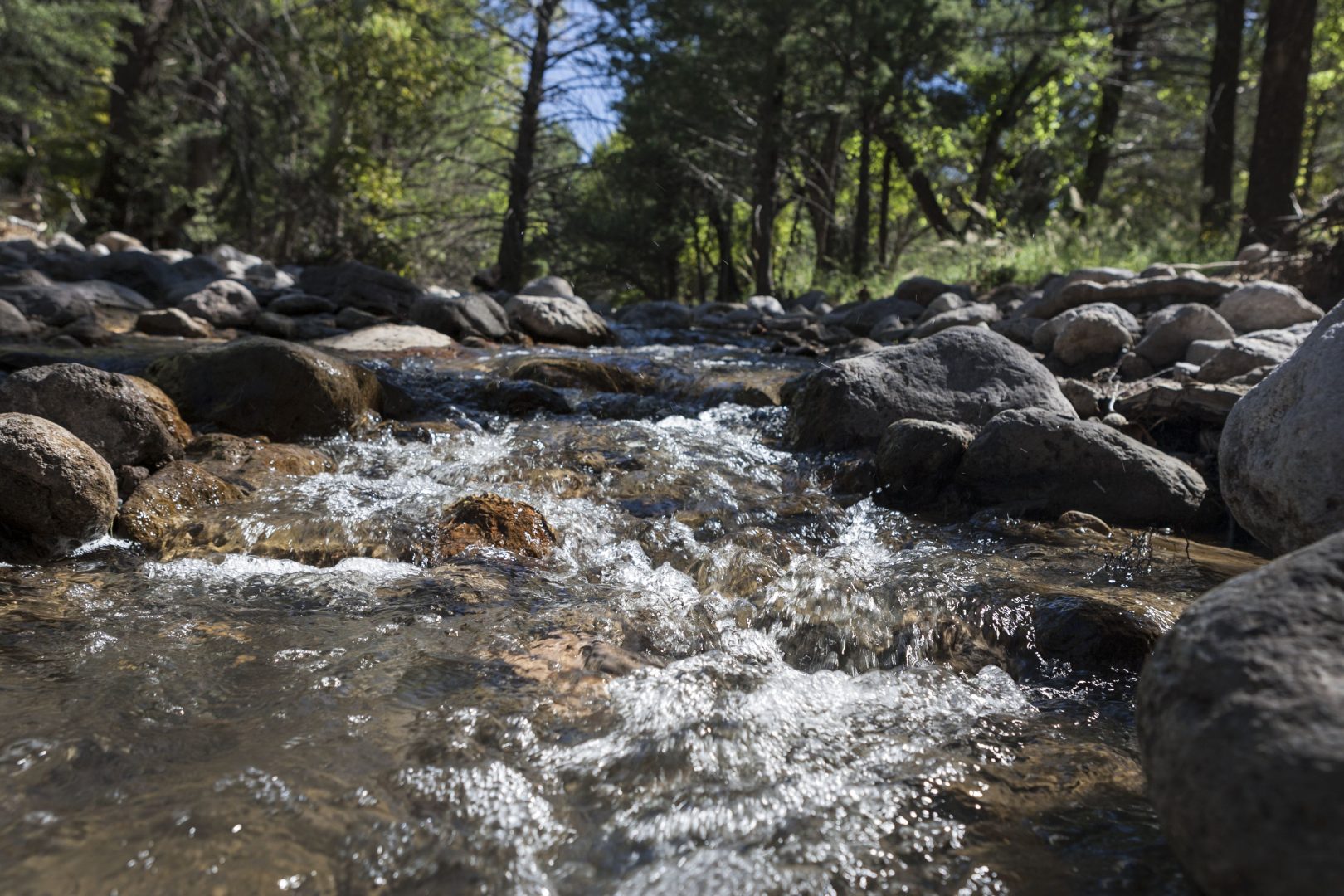
Want to support this important work?
Your donations help WNPA continue to fund valuable research like this!

Oral Histories
Oral histories play a crucial role in preserving tribal legacies along the Lewis and Clark Trail. They allow tribes to pass down knowledge and traditions from generation to generation. This is especially important considering many tribes did not have a written language prior to European contact.
Oral histories connect today’s tribal members to their ancestors. They provide a window into how tribes lived prior to Lewis and Clark’s arrival and how they viewed the explorers. For many tribes, oral histories are the primary record of their history and culture. Without them, much tribal knowledge could be lost.
Elders are viewed as treasured storytellers and historians. Their personal experiences and ancestral wisdom get passed down through oral storytelling. Recording oral histories is an urgent matter for language and culture preservation.
Oral histories also reveal unique tribal perspectives on the Lewis and Clark expedition itself. Rather than relying solely on the explorers’ journals, oral histories provide indigenous viewpoints. They convey how tribes experienced the changes Lewis and Clark’s journey brought to their homelands and lives.
Therefore, many of the primary sources are transcripts of oral history, rather than written history.
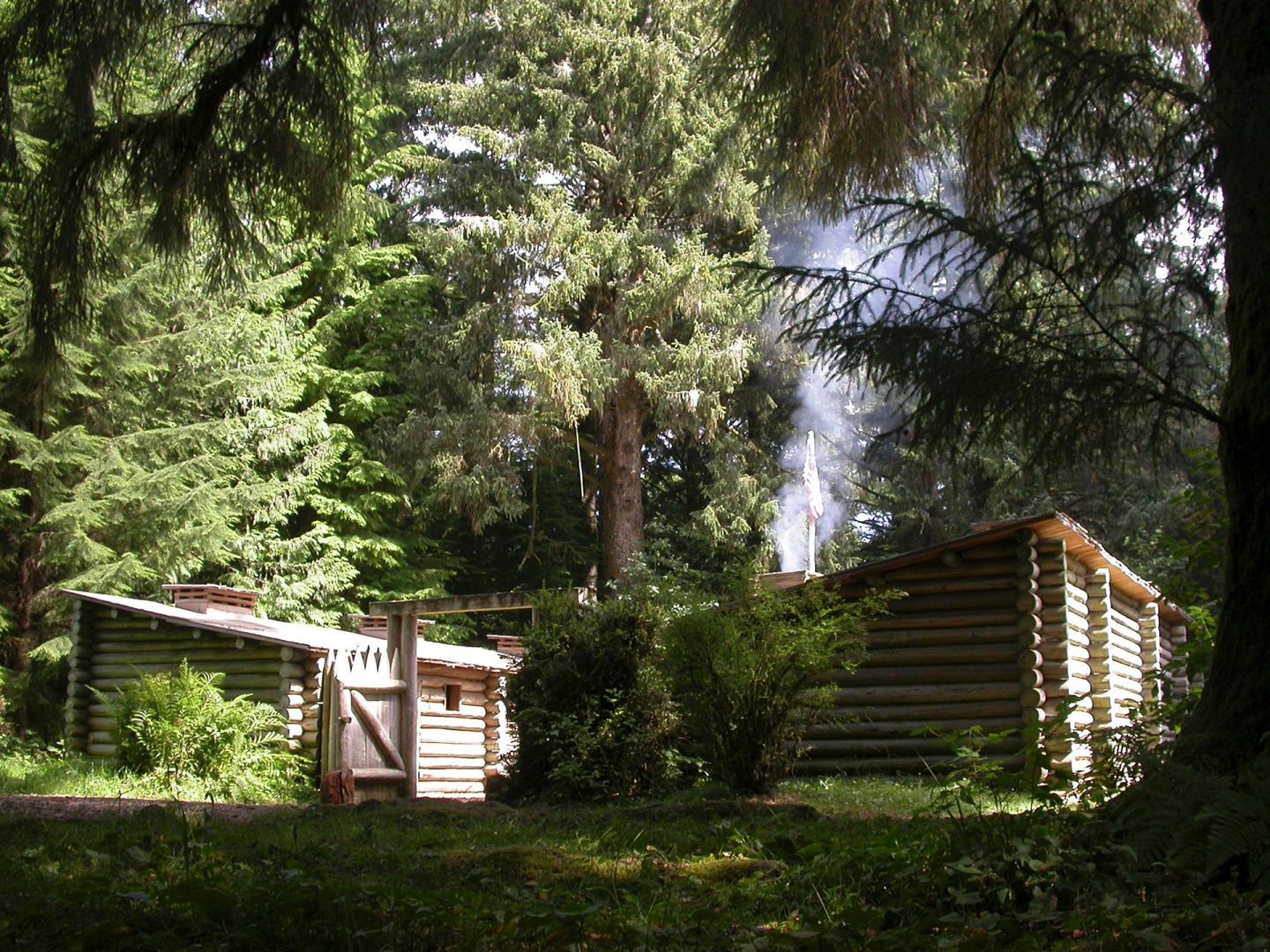
Supporting Educators and Parks as They Teach the History of Lewis and Clark National Historic Trail
The resources created by this research project builds practical resources for educators, including essential questions, enduring understandings, and other relevant considerations for the teacher of this important curriculum. This digital collection addresses key themes of indigenous history, including the early encounters of differing cultures, the removal of Native communities, the development of the “urban Indian” and the rise of a “pan-Indian movement” that cut across tribal affiliations, and many more. Enrich your visit by learning this important history from rangers at the park or by reading any of these digital resources.



